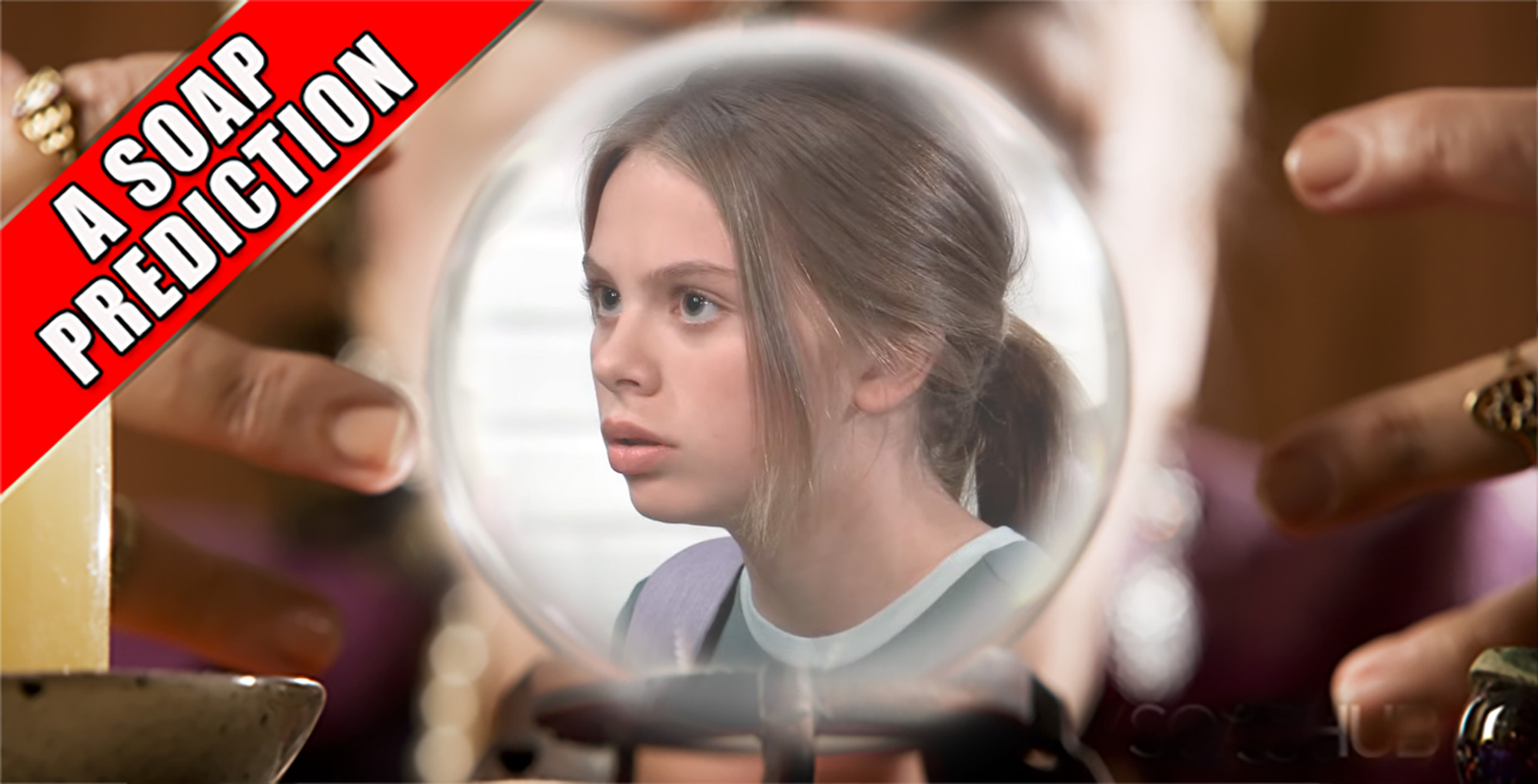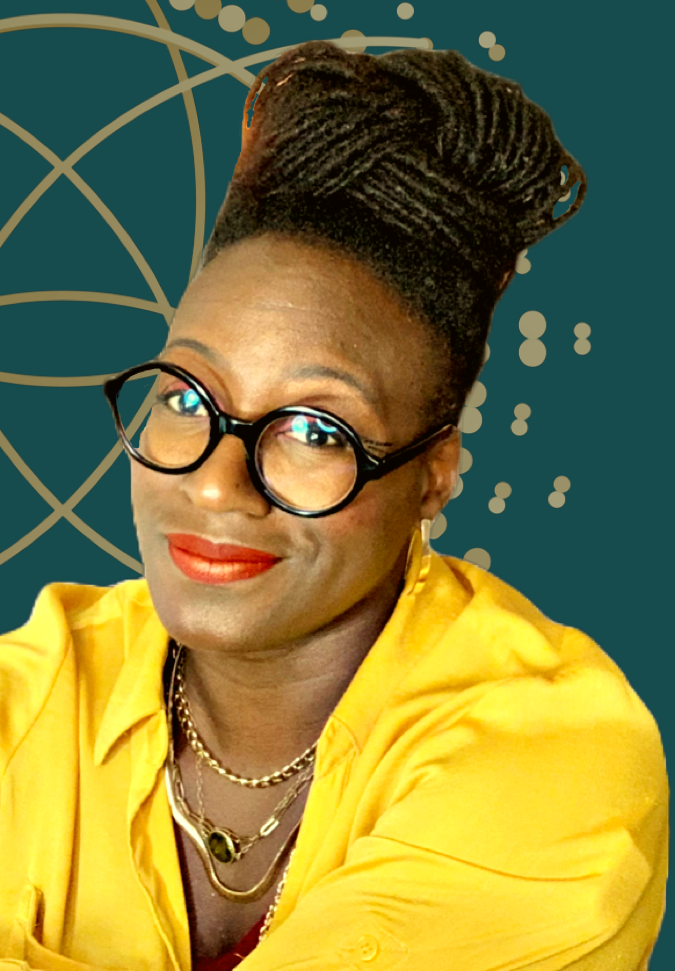
Whispers from the Veil: America’s Psychic Undercurrent in Legend and Lore
America, a land forged in revolution and expansion, is as vast in its geography as it is in its tapestry of legends. From the ancient whispers of indigenous shamans to the spectral echoes of battlefields and the chilling encounters of modern cryptids, the legends of the United States are more than mere campfire tales. They are deeply etched narratives reflecting humanity’s perpetual fascination with the unknown, often hinting at a pervasive belief in what we might call "psychic power" – an innate human capacity to perceive beyond the five senses, to communicate with the unseen, or to influence the world through non-physical means. In a journalistic exploration, we delve into how this "gh psychicpower" (a term often used to encapsulate ghostly or psychic phenomena) has shaped, and continues to shape, the very fabric of American folklore.
Indigenous Roots: Shamans, Spirit Animals, and Prescient Visions
Long before European settlers cast their shadows upon these shores, Native American cultures thrived, rich with spiritual practices that intrinsically linked the physical world with an invisible one. For many tribes, the concept of a "medicine person" or "shaman" embodied the ultimate connection to psychic realms. These revered individuals were believed to possess profound abilities: to enter trance states, communicate with spirit animals, interpret dreams, foresee future events, and even heal ailments by addressing spiritual imbalances. Their powers were not seen as supernatural, but as a natural, albeit rare, extension of human potential, deeply rooted in a profound understanding of the land and its energies.

Consider the diverse mythologies surrounding spirit guides and animal totems. These weren’t simply metaphorical; they represented genuine, psychic connections between individuals and the spiritual essence of animals, offering guidance, protection, and sometimes, even a glimpse into destiny. The Wendigo, a terrifying creature from Algonquin folklore, is not just a monster but a chilling manifestation of human greed and the spiritual corruption it brings, a psychological and spiritual warning against taboo. Similarly, the Skinwalkers of Navajo tradition, individuals who can transform into animals through dark magic, embody a fear of misused psychic power, a malevolent force that can cross the boundary between human and beast, causing harm and misfortune.
These legends underscore a worldview where the veil between worlds is thin, and psychic communication, be it benevolent or malevolent, is a tangible force. As one elder from the Lakota nation might convey, "The land remembers. The spirits speak if you know how to listen." This deep-seated belief system laid a foundational layer for the psychic undercurrents that would continue to flow through American folklore for centuries.
Colonial Shadows: Witchcraft, Omens, and the Unseen Hand
The arrival of European settlers brought with it new belief systems, but also new fears and interpretations of psychic phenomena. The infamous Salem Witch Trials of 1692-93 stand as a stark, chilling example of collective paranoia around perceived psychic abilities. Accusations of "spectral evidence" – claims that the accused witches’ spirits tormented their victims – became a horrifying legal precedent. While later discredited, the trials reveal a profound societal terror of individuals who might possess unseen powers, whether to heal or to harm, to cast spells or to foresee doom. The hysteria wasn’t about empirical proof but about a deeply ingrained fear of an unseen, malevolent psychic force.
Washington Irving’s iconic tale, "The Legend of Sleepy Hollow," further illustrates this early American fascination with spectral presences. The Headless Horseman, a Hessian soldier whose head was severed by a cannonball, is not merely a ghost but a lingering psychic imprint of violence and despair, forever bound to his earthly haunt. His presence serves as an omen, a terrifying reminder of death and the unseen forces that can stalk the night. The story taps into a universal human fear of unexplained phenomena and the lingering psychic energy of tragic events.
Even the early American almanacs, popular publications of the time, often included predictions about weather, crop yields, and sometimes even political events, blurring the lines between meteorology and precognition, science and folk wisdom. These early colonists, despite their devout religious beliefs, were not immune to superstitions and an underlying belief in omens and portents – a subtle form of psychic communication from the universe.
Frontier and Wilderness: Cursed Gold, Ghost Towns, and Cryptid Harbingers
As America expanded westward, the vast, untamed frontier gave birth to a new generation of legends, often tinged with themes of isolation, greed, and the untamed power of the land itself. Tales of cursed gold mines, like Arizona’s Lost Dutchman’s Mine, are rampant. These aren’t just stories of hidden treasure; they’re often accompanied by accounts of spectral guardians, mysterious deaths, and strange occurrences – psychic warnings to those who dare to trespass. The spirits of previous prospectors, driven mad by greed or met with violent ends, are said to haunt these locations, their residual psychic energy warning off new challengers.
Ghost towns, scattered across the American West, are another testament to the enduring belief in lingering spiritual energy. Places like Bodie, California, or St. Elmo, Colorado, are said to be home to the spirits of their former inhabitants, their sorrows and joys imprinted on the very buildings. Visitors often report disembodied voices, unexplained footsteps, or the unsettling feeling of being watched – direct encounters with what many believe is residual psychic energy or even intelligent hauntings.
Perhaps one of the most compelling examples of psychic phenomena in modern American folklore is the Mothman of Point Pleasant, West Virginia. Beginning in November 1966, this winged creature, described as a red-eyed harbinger, was seen by numerous residents, often accompanied by strange lights and phenomena. Crucially, the sightings culminated in the tragic collapse of the Silver Bridge on December 15, 1967, killing 46 people. For many, Mothman was not just a cryptid, but a psychic entity, a premonition, a harbinger of catastrophe, perhaps even a manifestation of collective anxiety and fear. Its appearance was interpreted as a direct, albeit terrifying, psychic warning of impending disaster, a stark reminder that some legends serve as a window into humanity’s capacity for precognition.
Modern Manifestations: Hauntings, UFOs, and the Urban Psychic
In contemporary America, the belief in psychic phenomena continues to thrive, evolving with the times. Famous haunted locations like the Winchester Mystery House in San Jose, California, are architectural testaments to one woman’s lifelong obsession with communicating with, and appeasing, spirits. Sarah Winchester, the eccentric heiress, continuously built upon her mansion for 38 years, reportedly under the psychic guidance of spirits, believing that constant construction would placate the ghosts of those killed by Winchester rifles. Her story is a profound example of an individual’s life being entirely dictated by what she perceived as psychic imperatives.
Battlefields, particularly Gettysburg, Pennsylvania, are renowned for their intense psychic activity. Visitors and paranormal investigators frequently report hearing phantom gunshots, disembodied voices, and seeing apparitions of soldiers. These are often interpreted as "residual hauntings," where the intense emotional and psychic energy of a traumatic event is imprinted upon the environment, replaying itself for those sensitive enough to perceive it. It’s a powerful demonstration of how human experience, especially extreme suffering, can leave an indelible psychic mark on the world.
Even the phenomenon of UFOs and alien abductions, a cornerstone of modern American mythology, often incorporates elements of psychic power. Abductees frequently report telepathic communication with alien beings, receiving visions of the future, or experiencing mind control. These narratives suggest an advanced form of psychic ability, not only in the aliens themselves but also in the human capacity to receive and interpret these non-verbal, non-physical messages.
Urban legends, too, tap into our collective psychic fears. The game of "Bloody Mary," where one chants a name into a mirror in a darkened room, is a ritualistic attempt to summon a spirit – a dangerous form of psychic invitation. While often played by children, it speaks to a deeper, primal human desire to connect with the unknown, to test the boundaries of the visible world.
The Enduring Allure: Why We Believe
Why do these legends, steeped in "gh psychicpower," continue to resonate so deeply with the American psyche? Part of the answer lies in the human condition itself. We are creatures that seek meaning, patterns, and explanations for the inexplicable. When faced with tragedy, injustice, or the sheer vastness of the unknown, psychic explanations offer a framework, a way to cope, and sometimes, a sense of hope or warning.
These legends also serve as cultural touchstones, passed down through generations, evolving and adapting to new anxieties and technologies. They are a collective unconscious, reflecting our deepest fears and highest aspirations. They remind us that despite our scientific advancements, there remains a profound, innate human curiosity about dimensions beyond our immediate grasp – whether it’s the wisdom of an ancient shaman, the warning of a spectral creature, or the lingering echo of a past tragedy.
From the spiritual pathways of indigenous ancestors to the haunted highways of today, America’s legends are inextricably linked to the belief in psychic power. They are not merely stories; they are cultural artifacts, windows into the persistent human quest to understand the unseen forces that shape our world and our destiny. As long as there is mystery, as long as there is the unknown, the whispers from the veil will continue to echo across the American landscape, inviting us to listen, to wonder, and perhaps, to believe.



